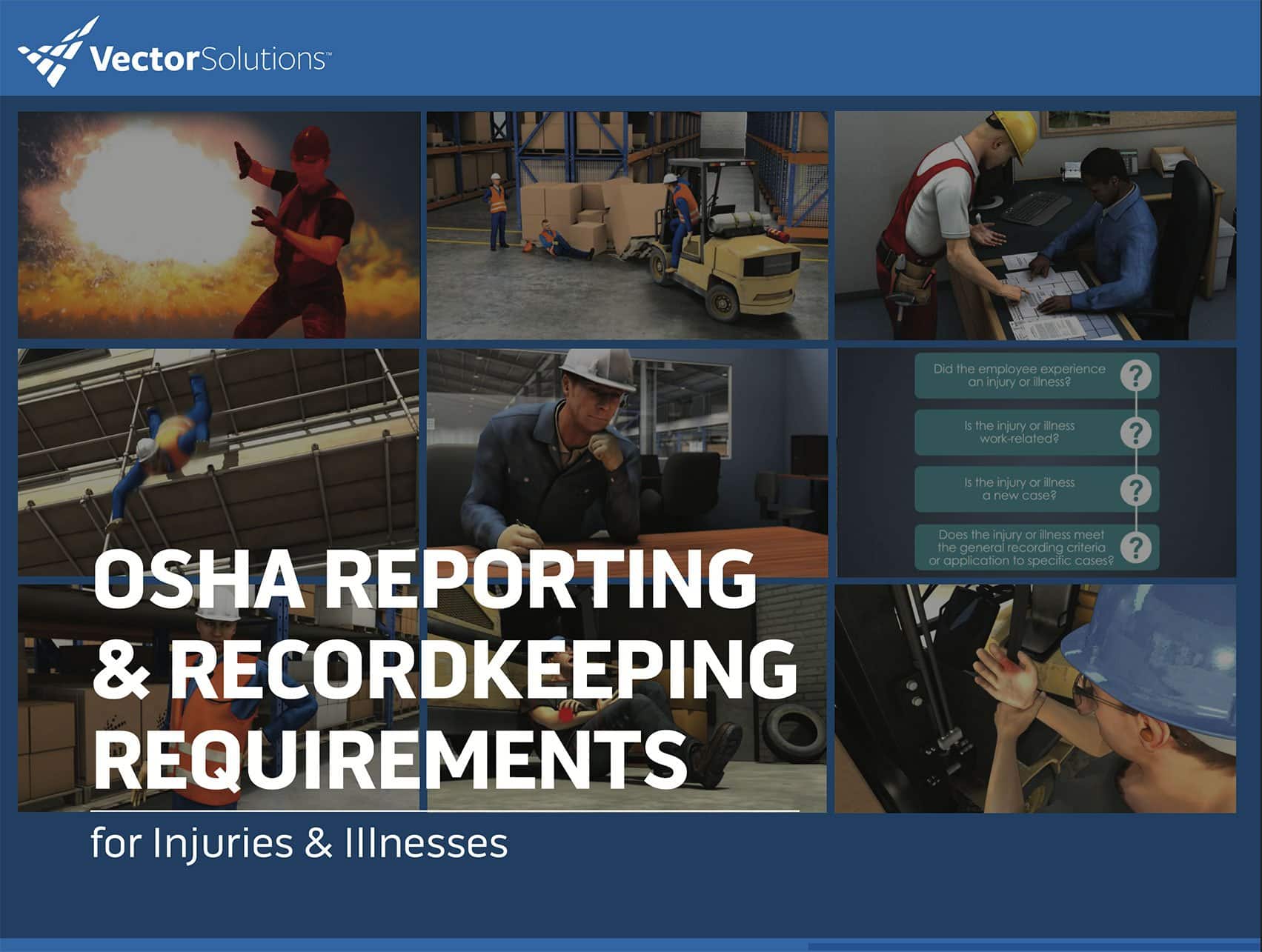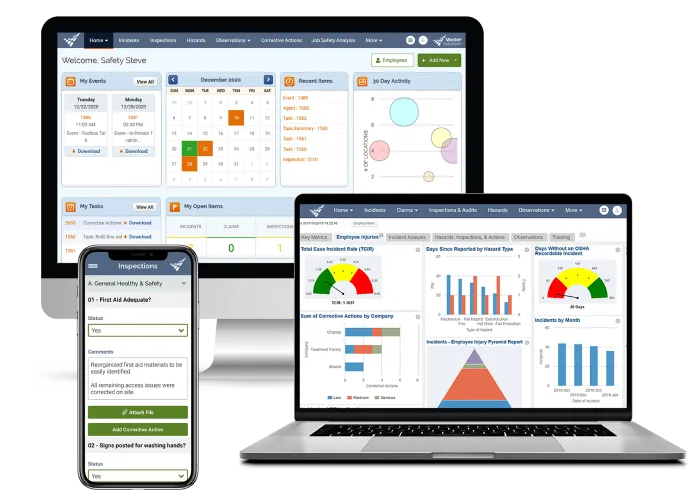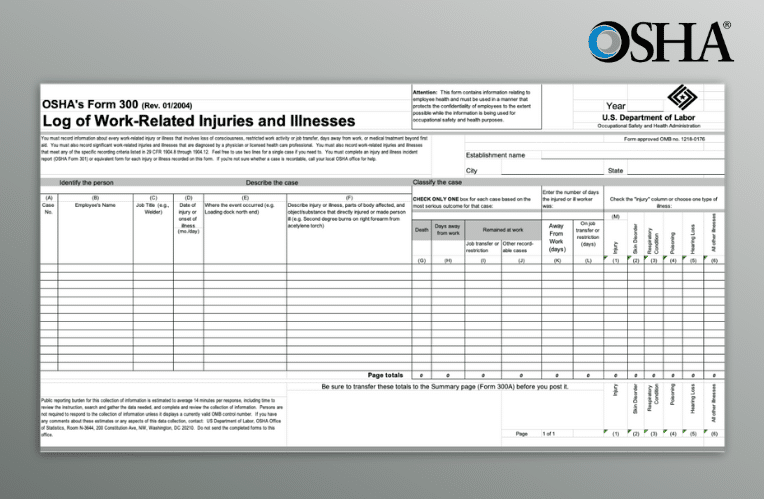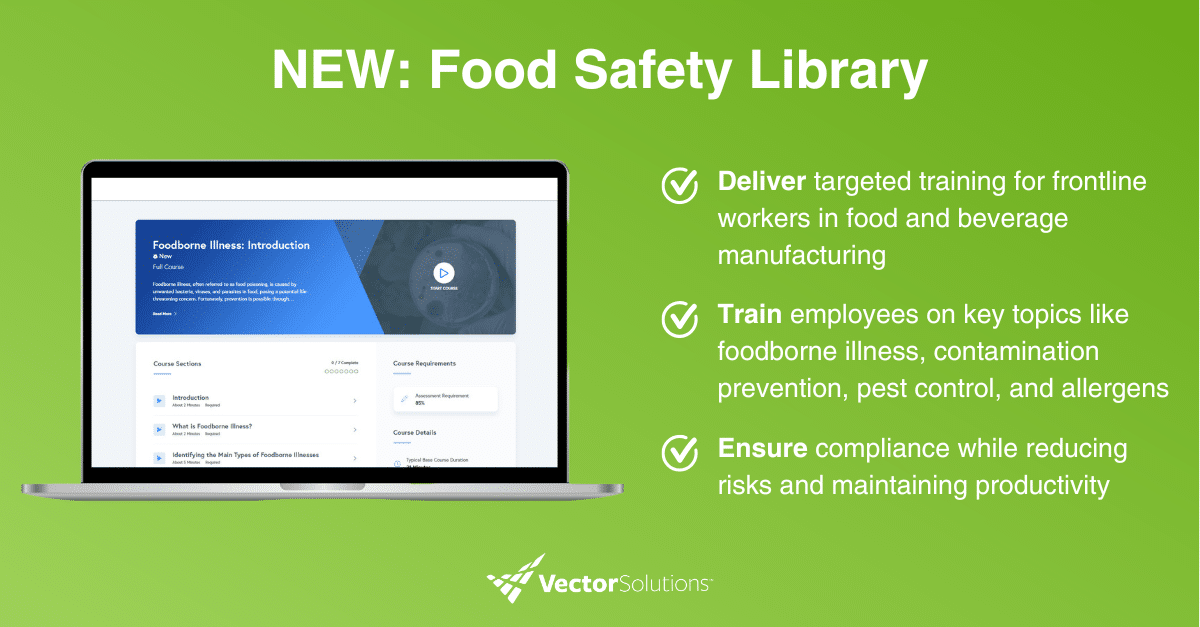September 16, 2024 5 min read

Guide to OSHA Form 301: Understanding Requirements and Best Practices
Industry:
Solution:

Understanding the specifics of OSHA Form 301 is critical for maintaining compliance and ensuring a safe working environment, especially for those working in high-risk industries like industrial manufacturing and construction. This guide will deep-dive into OSHA Form 301’s requirements and was designed so employers can enhance their incident documentation and improve overall workplace safety.
What Is OSHA Form 301?
OSHA Form 301, also known as an Injury and Illness Incident Report, is a document used to record specific information about work-related injuries or illnesses. It provides a comprehensive account of each incident, including the injured employee’s details, the nature of the injury or illness, and the circumstances surrounding the incident.
Form 301 is a critical component of OSHA’s recordkeeping requirements, helping employers track workplace incidents and identify trends to improve safety protocols.
The Ultimate Guide to OSHA Recordkeeping
Download Now
Why OSHA Form 301 Matters: Injury and Illness Reporting
OSHA Form 301 is a key part of workplace safety. It helps employers organize all the important details about every injury or illness, giving them the critical data they need to enhance workplace safety.
By analyzing Form 301 data, employers can spot patterns and identify potential hazards before they turn into more serious issues. This analysis makes it easier for employers to create plans and take actions that can prevent future incidents.

When Do Employers Need to Use an OSHA Form 301?
Employers with more than ten employees are generally required to complete OSHA Form 301 for each recordable work-related injury or illness unless they fall under an industry exemption for low-risk businesses. Recordable incidents include those that result in death, days away from work, restricted work, job transfer, medical treatment beyond first aid, or a significant diagnosis by a healthcare professional.
Employers must ensure that Form 301 is readily available for review by OSHA inspectors upon request and is maintained for a minimum of five years following the end of the calendar year that the records cover.
Employer Requirements for OSHA Form 301
Employers must complete OSHA Form 301 no later than seven calendar days of receiving information about a work-related injury or illness to ensure compliance with OSHA. OSHA Form 301 includes multiple sections that require specific information:
- Information about the employee: This section captures the injured worker’s name, location, date of birth, gender, and date of hire, providing a personal profile for each incident.
- Information about the case: This section captures key information about the incident, including the date and time of the incident, the task the employee was performing, and a detailed description of how the injury or illness occurred. This helps in understanding the sequence of events leading to the incident.
- Information about the physician or other health care professional: This section includes details about the medical treatment received and whether the employee was hospitalized.
- Certification: The form must be certified by a company official, ensuring the accuracy and completeness of the information provided.
Correctly completing OSHA Form 301 not only keeps companies in compliance, but also contributes to a safer workplace.
Safety Incident Management Software
Manage your safety program with tools to report and track safety incidents, address open issues, and prevent similar incidents before they happen.
Learn More
Differentiating OSHA Form 301 from Other OSHA Forms
While OSHA Form 301 is focused on individual incident reporting, it is typically connected with other OSHA forms as well:
- OSHA Form 300: This form logs all recordable work-related injuries and illnesses throughout the year. It serves as a summary document that aggregates data from Form 301.
- OSHA Form 300A: This form provides an annual summary of the incidents logged on Form 300. It must be posted in the workplace from February 1st to April 30th, allowing employees to review the company’s overall safety performance.
Understanding the differences between these forms is important for accurate recordkeeping and compliance with OSHA regulations.
Common Challenges with OSHA Form 301
Many employers face similar challenges and make similar mistakes when it comes to properly completing and submitting an OSHA Form 301. The most common challenges include:
- Incomplete Data Entry: Missing or incorrect information can lead to compliance issues and affect the accuracy of safety data analysis. Employers should ensure that all sections of the form are filled out completely and accurately.
- Misunderstanding Recordable Incidents: Confusion about what constitutes a recordable incident can lead to underreporting. Training and resources should be provided to ensure that staff understand the criteria for recordable incidents.
- Timely Submission: Delays in completing Form 301 can result in non-compliance with OSHA’s seven-day requirement. Implementing a streamlined process for incident reporting can help prevent these delays.

Enhancing Compliance with Digital Tools
Utilizing digital tools and software solutions can simplify the process of completing and managing OSHA Form 301.
Platforms like Vector EHS Management, allow safety managers to digitally record incidents, automate data entry, and generate OSHA-compliant reports. This not only saves time but also reduces the likelihood of errors that could lead to compliance issues.
For more information on how to improve your OSHA recordkeeping and incident reporting, request a demo of our safety management software today.














